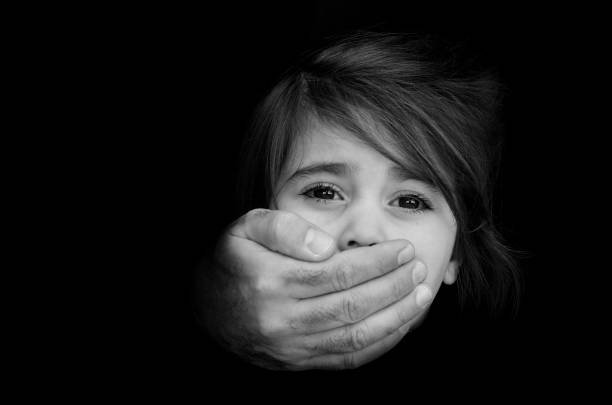What Does CSE Stand For in Safeguarding?
In the complex landscape of safeguarding terminology, one term often comes up: CSE. Standing for Child Sexual Exploitation, CSE is a form of sexual abuse that involves the manipulation or coercion of children and young people under the age of 18. The issue has gained widespread attention due to its severe, long-lasting impact on victims. Understanding CSE is essential for parents, educators, social workers, and the broader community to protect vulnerable children effectively.
What Does CSE Stand For in Safeguarding?
CSE stands for Child Sexual Exploitation in the context of safeguarding. It is a form of child abuse that involves manipulating or coercing a child or young person under the age of 18 into sexual activity. The exploitation often has some form of material gain for the perpetrator, such as money or social status. Safeguarding measures aim to protect children from CSE by identifying at-risk individuals and implementing preventive strategies.
Child Sexual Exploitation, or CSE, is defined as a form of child sexual abuse in which an individual or a group takes advantage of an imbalance of power to coerce, manipulate or deceive a young person into sexual activity. The exploitation often involves material gain for the perpetrator, which could include money, social status, or simply control over the victim. The exploitation can occur through various mediums, including in-person encounters, and increasingly, online platforms.
Key Elements
CSE usually involves three main elements:
- Manipulation and Power Imbalance: There is often a significant imbalance of power, whether it is age, emotional intelligence, physical strength, or economic status. The child is usually manipulated or coerced into performing sexual acts or having sexual acts performed upon them.
- Material Gain: The perpetrator or another third party gains something material from the exploitation, whether it is money, goods, or other benefits.
- Abuse and Violation: At its core, CSE is a form of abuse. It is a violation of the young person’s right to grow up in a safe and nurturing environment.
Legal Context
Legally speaking, CSE is treated with the utmost seriousness. Many countries have stringent laws against the sexual exploitation of minors, and the penalties for these offenses are often severe. It is considered a grievous violation of human rights, and organizations globally are working tirelessly to combat and prevent this form of exploitation.
The Role of Safeguarding
Safeguarding refers to the broader measures taken to protect the well-being of children and vulnerable adults. In the context of CSE, safeguarding involves identifying at-risk individuals, educating them and their communities about the dangers of exploitation, and taking practical steps to prevent occurrences. Measures may include background checks for adults in close contact with children, safety protocols in online interaction, and robust educational programs to empower children to recognize and report abuse.
Conclusion
Child Sexual Exploitation is a critical issue in the realm of child welfare and safeguarding. It is an insidious form of abuse that exploits the most vulnerable in our society. Understanding the term, its implications, and its legal consequences are essential steps in the fight against this heinous crime. As the African proverb goes, “It takes a village to raise a child.” It also takes a village to protect them. How can we, as a community, better recognize the signs of CSE? How can we arm our children and ourselves with the knowledge and tools to combat it? And most importantly, how can we change our cultures and systems to eliminate the conditions that allow CSE to thrive?



